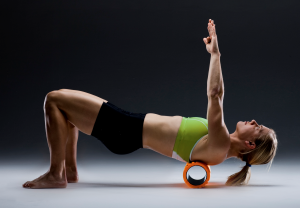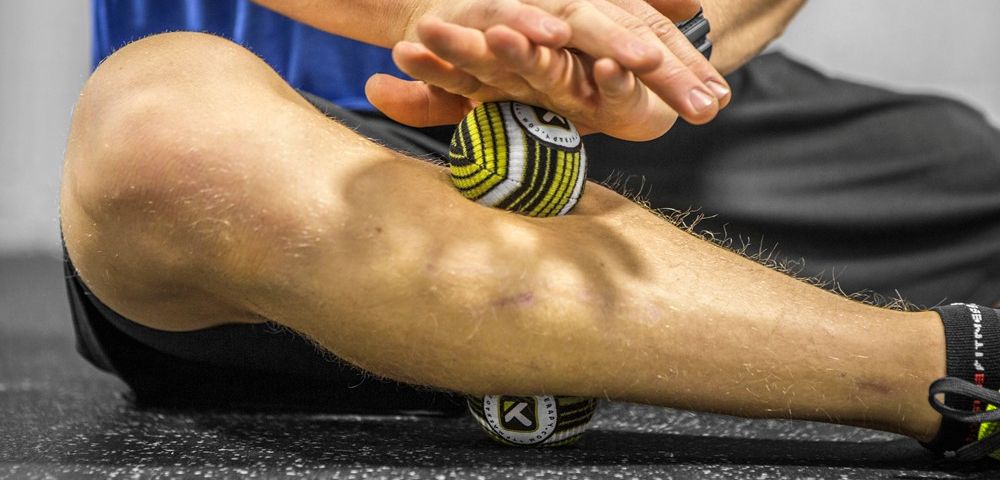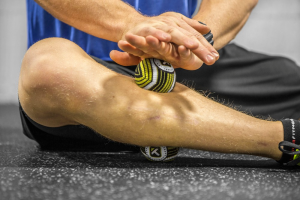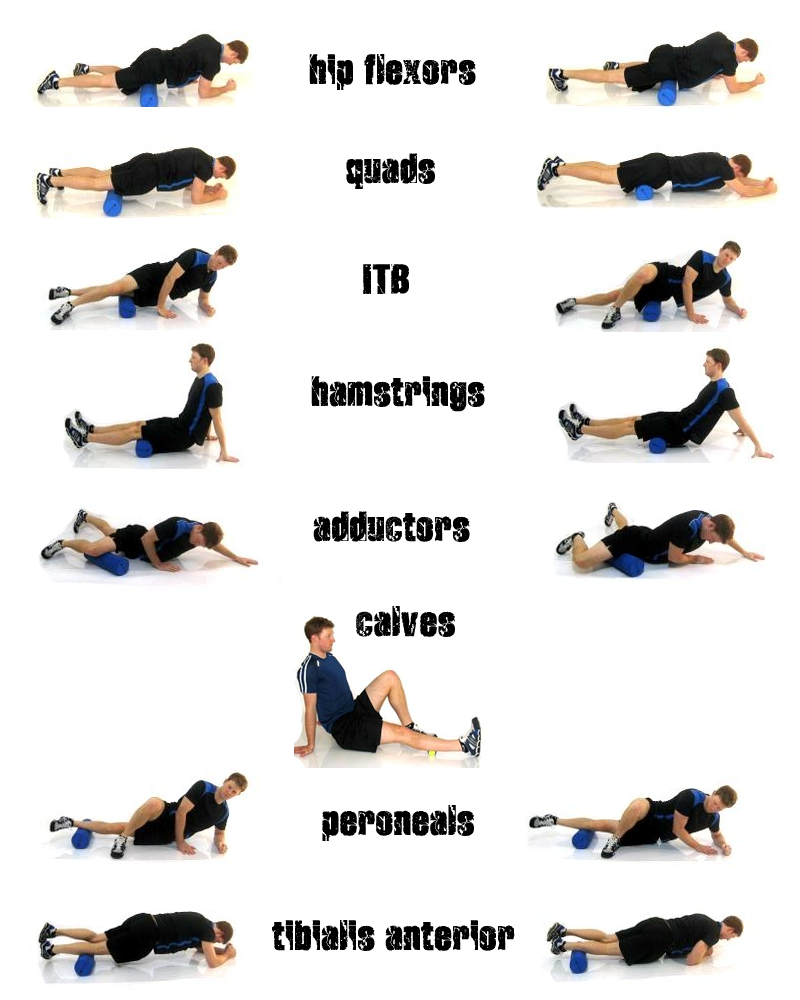The importance of Self-Myofascial/trigger point release

Do you suffer from chondromalacia?
October 21, 2015
Why do you have a brain?
November 30, 2015
 Self myofascial/trigger point release involves using tools such as foam roller or trigger point balls to release tension in muscles/tendons that result from various reasons such as post-training, faulty postures, bio-mechanical dysfunction, musculoskeletal defects ..etc. These tools can be equivalent to deep tissue massage that can deliver the same effect of muscle/tissue release.
Self myofascial/trigger point release involves using tools such as foam roller or trigger point balls to release tension in muscles/tendons that result from various reasons such as post-training, faulty postures, bio-mechanical dysfunction, musculoskeletal defects ..etc. These tools can be equivalent to deep tissue massage that can deliver the same effect of muscle/tissue release.
How does it work:
When foam rolling a particular body part, compression is applied using one’s own body weight. This compression temporarily obstructs blood flow to the area. When pressure is removed, nutrient-rich blood flows to the area promoting healing of tissues and flushing them out from waste products. Moreover, the rolling maneuver creates friction between tissues to release adhesion or “stuck tissues” allowing them to slide smoothly across each other thereby resulting in enhanced movement.
Benefits of foam rolling:
- Increase blood circulation to muscles
- Release tension in muscles where there is myofascial tissue restriction
- Release trigger points
- Increase range of movement
- Enhance efficiency of movement
- Increase tissue tolerance
- Can serve as a warm up for muscles for the upcoming demand
- Can serve as cool down post-workout to flush tissues out from metabolic wastes (ie lactic acid)
Self-myofascial release can be achieved by placing a particular body part over a foam roller or trigger point on the floor or against the wall. Then the individual uses his/her own body weight to roll over the foam roller or TP ball moving slowly in upward/downward or side-to-side direction (depending on the body part) while maintaining deep sustained pressure. Avoid rolling quickly over the skin/body part as this will cause excessive excitation of tissues rather than inhibition, which is the desired effect to achieve muscle/tissue release.
Body areas to focus on for people who work out everyday:
- Shoulder: Pectoralis Major/minor, Upper trapezius muscles
- Back: Thoracic Spine, Lats
- Hip/Pelvis: Hip flexors (Psoas), glutes
- Thigh: quadriceps muscles, hip adductors (inner thigh muscles), VMO
- Leg: Calf muscles (back), tibialis anterior (front), foot
Discomfort while foam rolling:
Yes foam rolling sometimes can be quit uncomfortable and this is due to compression onto trigger points, knots or adhesion within tissues which can stimulate sensory receptors eliciting sensation of pain. The discomfort imposed by foam rolling should mild to moderate (0-6 on a Pain Scale of 0-10). If pain is more than 7/10 and accompanied by shooting or pinching pain then compression must be stopped and position of the foam roller or body part should be adjusted differently. If pain persists, then it’s best to seek the help of a healthcare professional.
Ways of rolling:
– Cross friction: moving sideways across or perpendicular to muscle fibers. Helps release adhesion and scar tissue which enhances mobility
– Pivots: moving in circular motions. Used to reach deeper tissues.
– Rolling: moving slowly and parallel to muscle fibers (upward/downward). Helps to increase blood circulation to area.
– Pulling: applying pressure and pulling motion. Helps to mobilize tissue and increase blood circulation
Moreover, activating the muscle while placed on foam roller or TP ball can achieve more release of adhesion/scar tissues within muscles, which can improve mobility. For example, while rolling quadriceps muscles, one can apply STATIC pressure on a more sensitive or tight part of the muscle accompanied by movements such as bending the knee up and down.
Contraindications:
- Severe Osteoporosis
- Severe varicose veins
- Muscle tear
- Recent skin Incisions or scar tissue
- Bone fracture
- Note: Avoid rolling a bone or joint.
Self-myofascial release is now used widely by people from all levels of fitness as it is very important for flushing your system out and improving movement patterns and overall performance. So make it a habit to foam roll everyday.






